Degenerative Eye Disease In Dogs
Degenerative eye disease in dogs. Macular degeneration is the most common problem in older dogs. Progressive retinal degeneration or atrophy commonly abbreviated and referred to as PRD or PRA represents a group of inherited eye diseases characterized by abnormal development dysplasia or premature degeneration deterioration of the retina in a dog. Degenerative joint disease is the most common joint disease seen by veterinarians and sadly complete resolution is not the outcome for sufferers of DJD.
There are different types of keratitis in dogs such as ulcerative infectious interstitial vascular and pigmentary. Progressive retinal atrophy PRA is a group of degenerative diseases that affect photoreceptor cells in the eyes. While once thought of as a German Shepherds disease Degenerative Myelopathy is a concern for many breeds including Boxers Corgis Poodles and Bernese Mountain dogs among others.
Keratitis symptoms include intense lacrimation photophobia and protrusion of the third eyelid. Degeneration Of The Cornea In Dogs Petmd. Decreased vision begins with the central part of the eye and dogs may have trouble seeing details or small objects.
DJD can also develop as the result of a bone or joint injury or in connection to the stress of extra weight on joints in overweight or obese dogs. It is the most common autoimmune disease in dogs. Pemphigus in dogs occurs when the animals autoimmune system attacks the connections between skin cells.
However signs of the disease and the accompanying pain may be relieved to an extent depending on the severity. Glaucoma in dogs is a collective term for a group of dog eye diseases which involves an abnormality in the production and flow of fluids in dog eyes. DM is most commonly seen in German Shepherd Dogs at around 8-9 years old more at risk breeds listed below.
There are two main forms of PRA recognized in dogs an early onset inherited from called retinal dysplasia and a late onset form. Degenerative Myelopathy is a genetic disease meaning dogs inherit it from a specific gene that can be passed down from generation to generation. Degenerative joint disease DJD occurs when there is a consistent degeneration of.
This is just one more reason why it is vitally important to keep your dog at a healthy body weight at all stages of life. Degenerative myelopathy DM previously called Chronic Degenerative Radiculomyelopathy CDRM is a disease of the spinal cord that causes gradual paralysis of the hind legs.
However signs of the disease and the accompanying pain may be relieved to an extent depending on the severity.
Macular degeneration is the most common problem in older dogs. DJD can also develop as the result of a bone or joint injury or in connection to the stress of extra weight on joints in overweight or obese dogs. Pemphigus in dogs occurs when the animals autoimmune system attacks the connections between skin cells. Dog Glaucoma can result in destruction of the retina and orbital disc along with the loss of eye functionality due to pressure. Macular degeneration is the most common problem in older dogs. Keratitis in dogs consists of inflammation of the cornea which becomes cloudy and loses transparency. Decreased vision begins with the central part of the eye and dogs may have trouble seeing details or small objects. The symptoms result from degeneration of the white matter of the spinal cord. There are different types of keratitis in dogs such as ulcerative infectious interstitial vascular and pigmentary.
DM is most commonly seen in German Shepherd Dogs at around 8-9 years old more at risk breeds listed below. Degenerative myelopathy DM previously called Chronic Degenerative Radiculomyelopathy CDRM is a disease of the spinal cord that causes gradual paralysis of the hind legs. Degenerative myelopathy DM also known as chronic degenerative radiculomyelopathy CDRM is a disease affecting the spinal cord resulting in slowly progressive hind limb weakness and paralysis. Progressive retinal atrophy PRA is a group of degenerative diseases that affect photoreceptor cells in the eyes. With this disease the cells deteriorate over time eventually leading to blindness in the affected dog. There are two main forms of PRA recognized in dogs an early onset inherited from called retinal dysplasia and a late onset form. Keratitis symptoms include intense lacrimation photophobia and protrusion of the third eyelid.

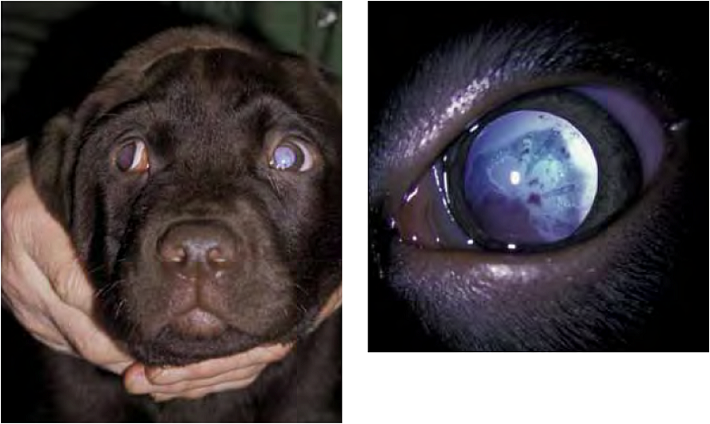





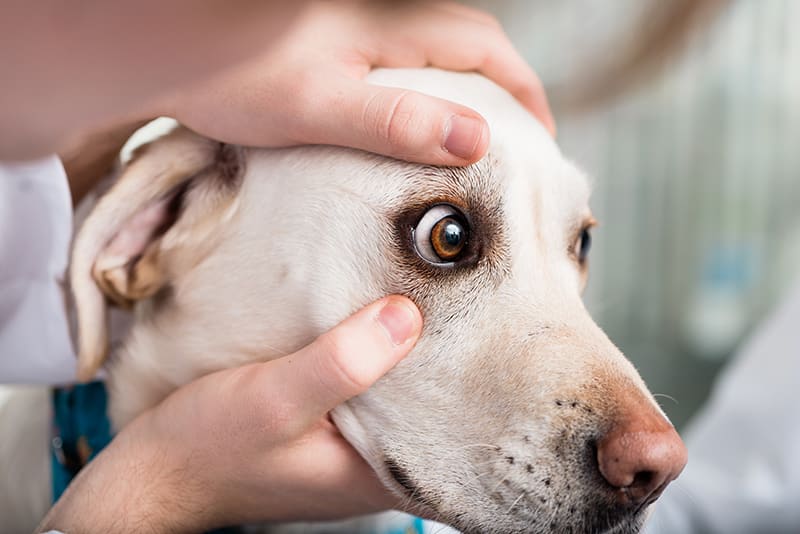



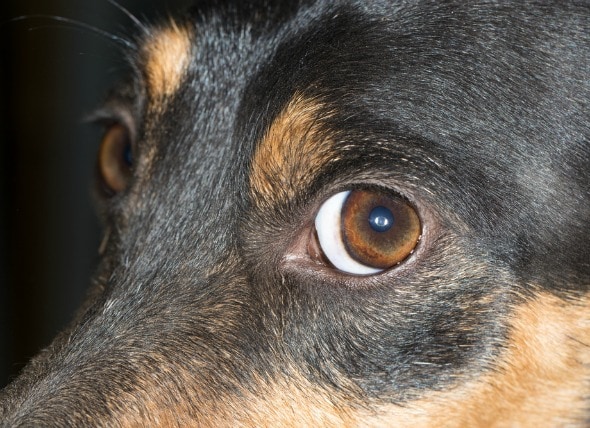

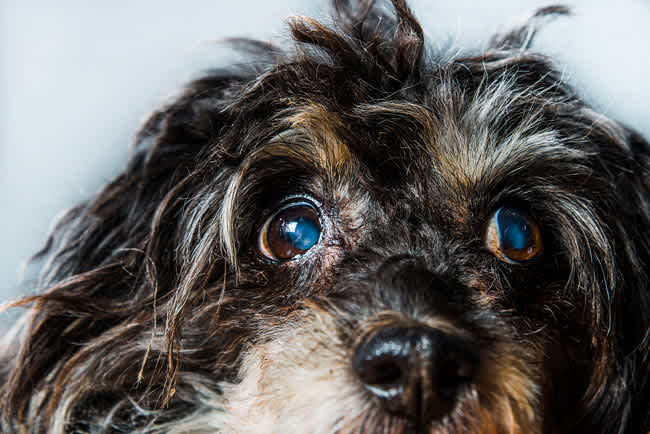



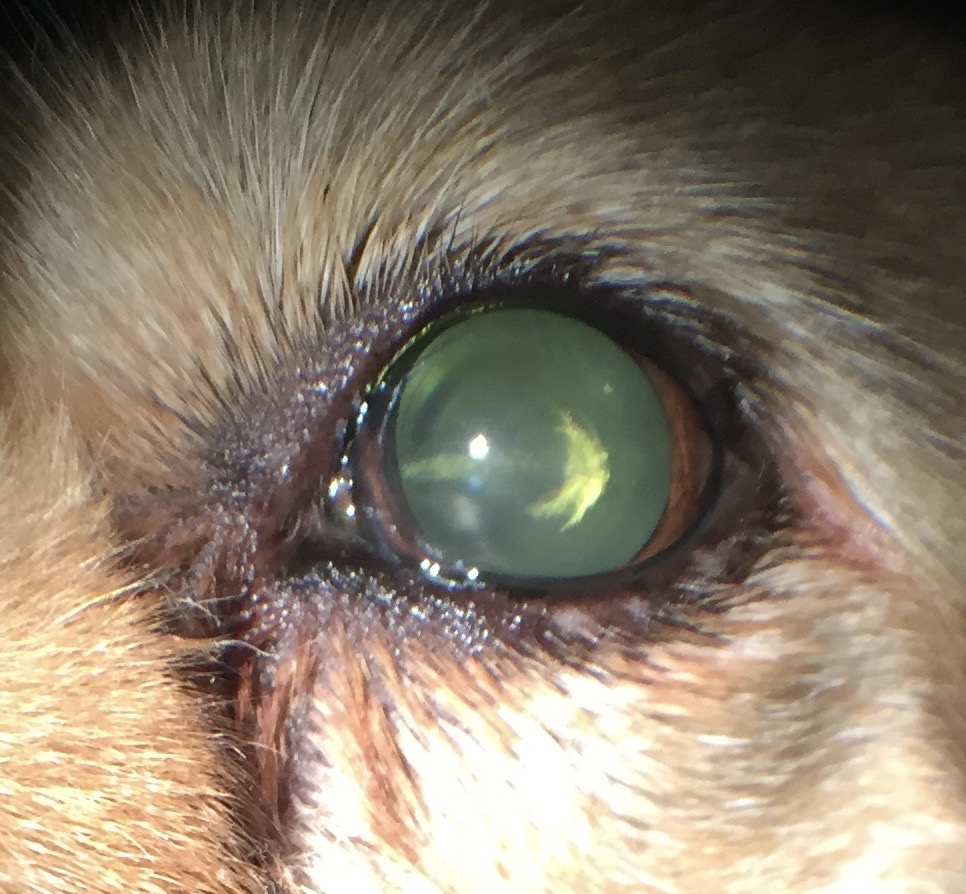
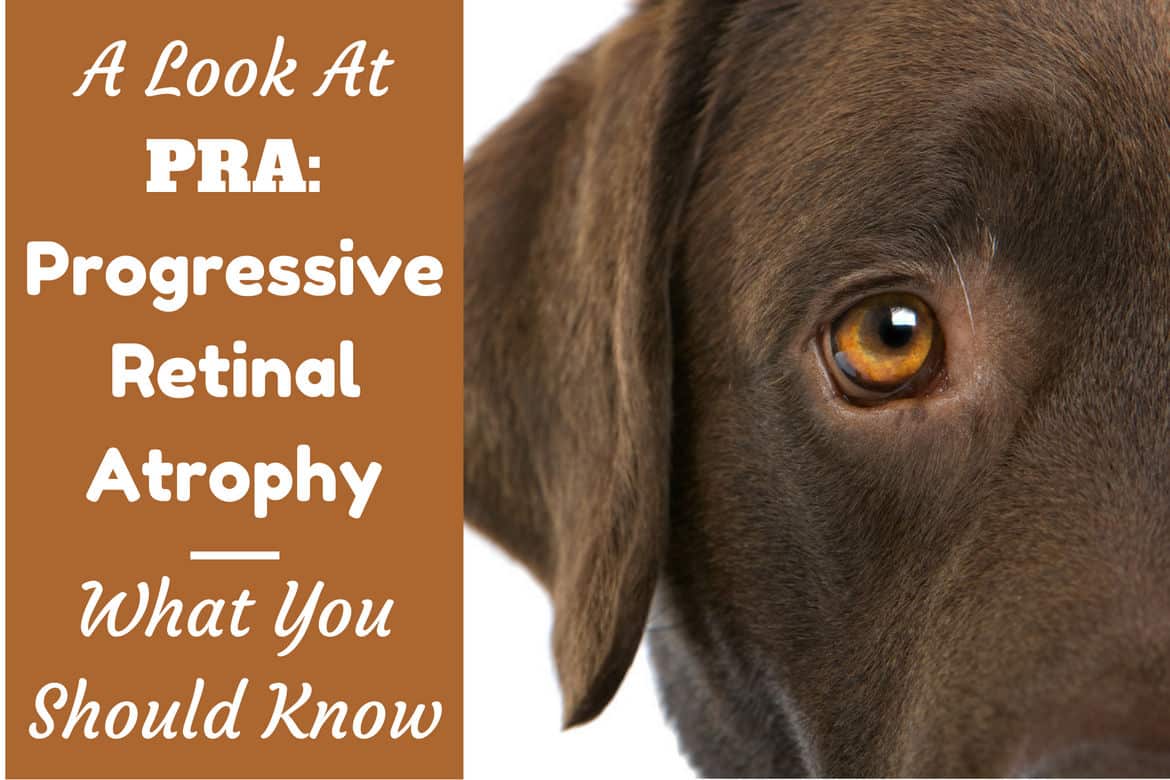




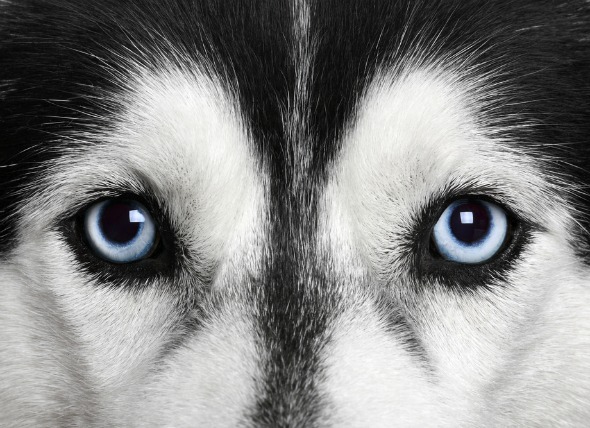


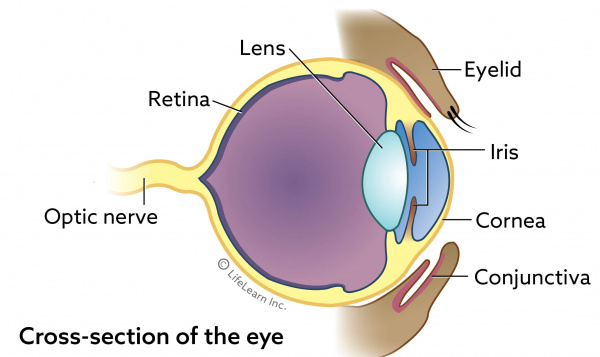
:max_bytes(150000):strip_icc()/Ectropion-58326db65f9b58d5b1553cc6.jpg)




/close-up-portrait-of-dog-688930671-6a87e1aeaef347c5953a249bdb858c2d.jpg)

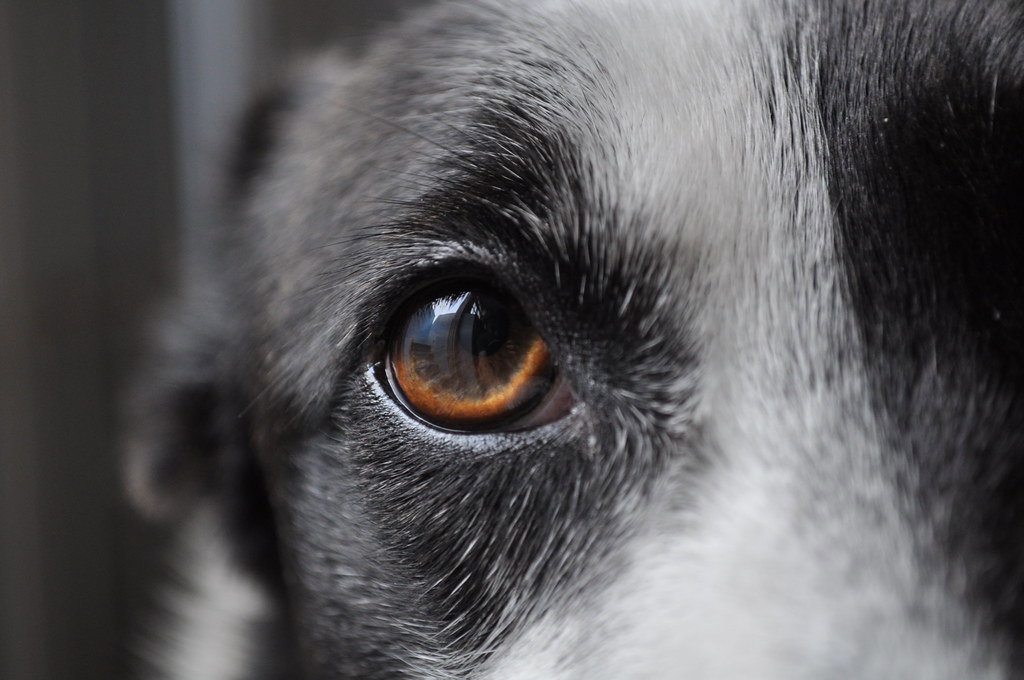


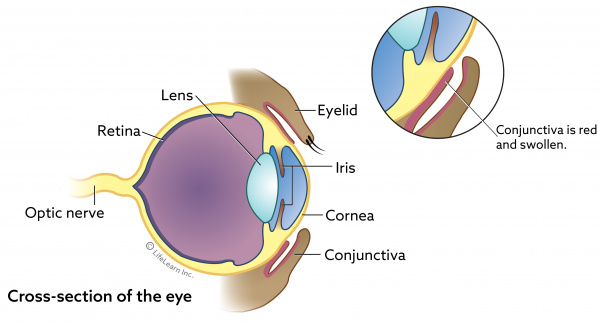


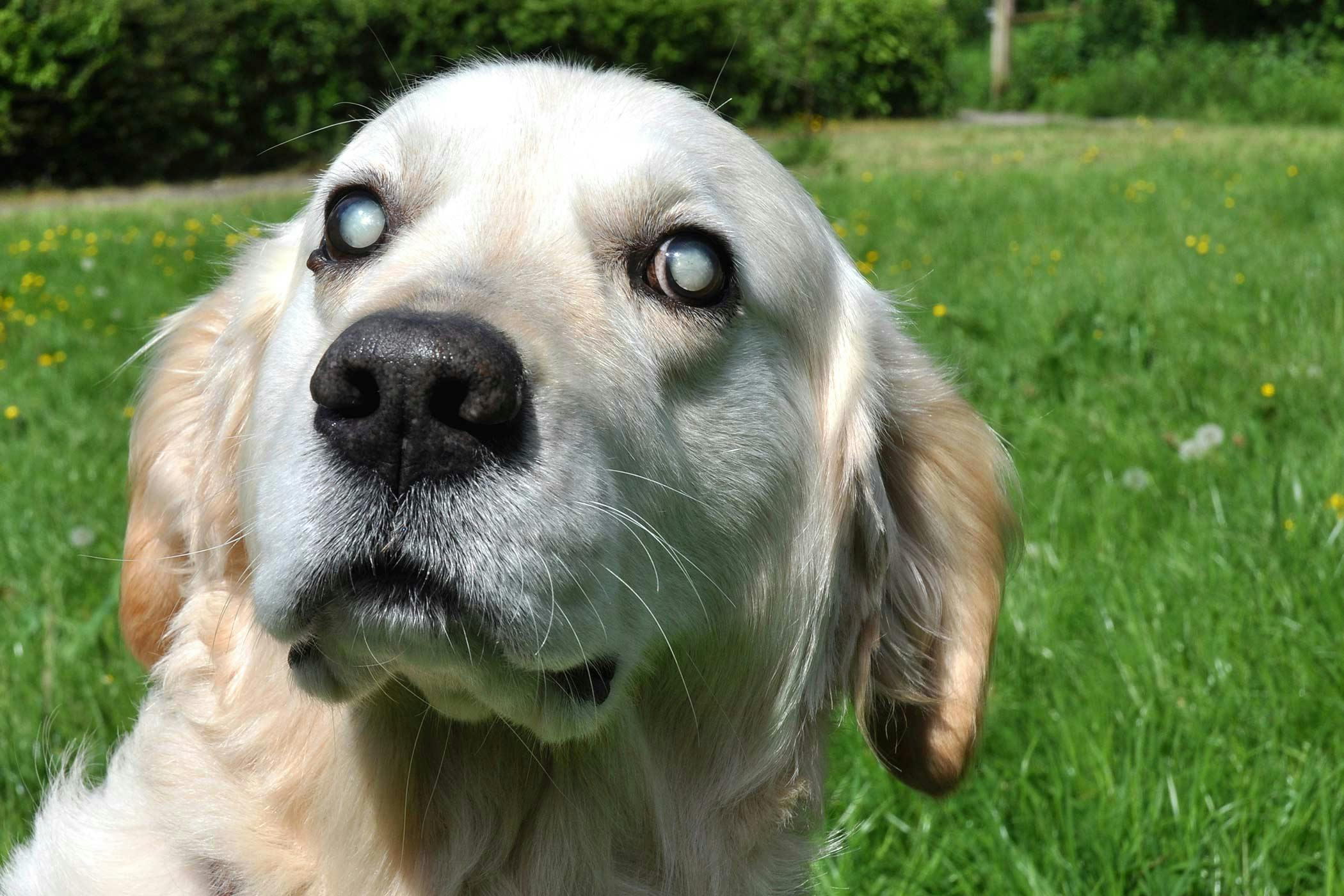
Post a Comment for "Degenerative Eye Disease In Dogs"